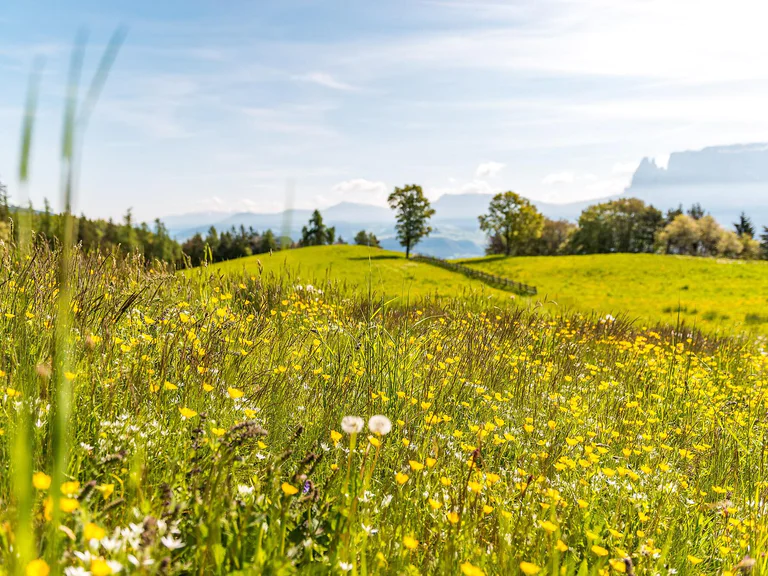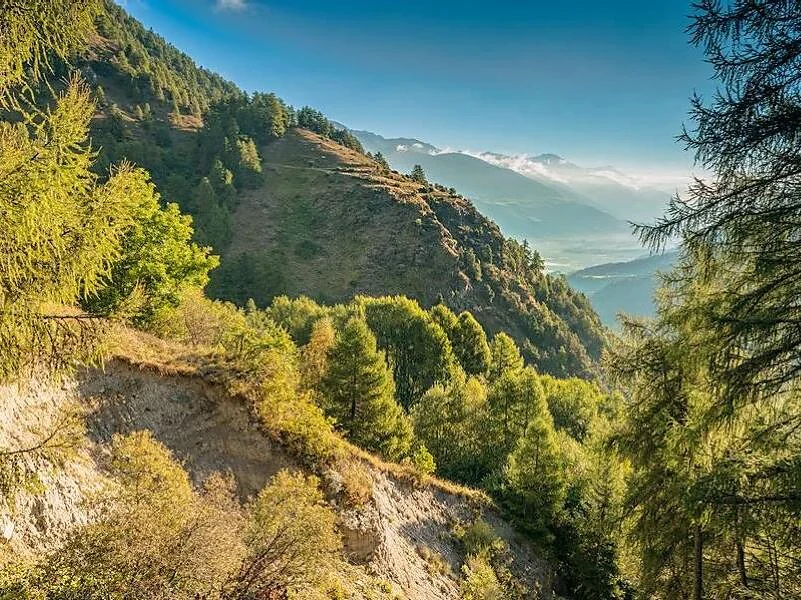The Seceda area is located on the sunny side of Val Gardena, at the foot of the Natural Park Puez –Odle.
From the Seceda summit you can enjoy a wonderful view of the Dolomites and of all the mountains in South Tyrol.
Our area offers a great number of mountain huts and refuges where you can stop, refresh yourself and have a nice time.
Every single hut on Seceda has its very special charm and boasts a really distinctive atmosphere. An original wooden bench, a comfortable deck chair, a sunbathing terrace or a cosy "stube" - Seceda offers something for everyone. Skiers, snowboarders, hikers, paragliders but also families with children ... everybody meets on Seceda!












































































